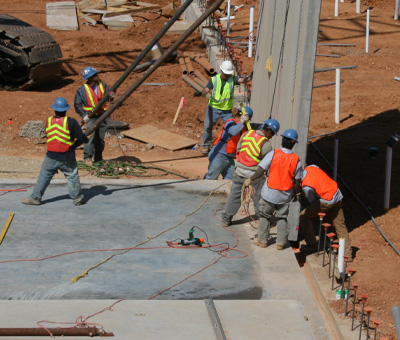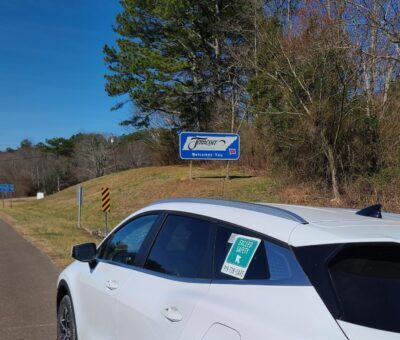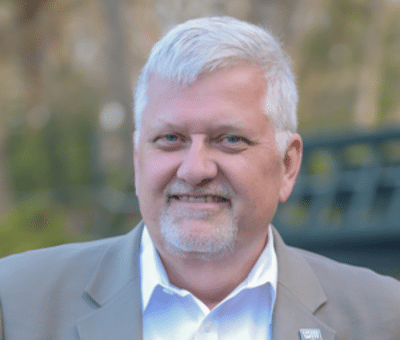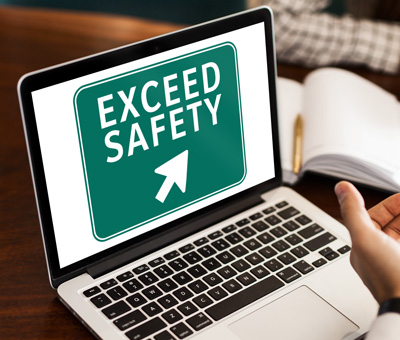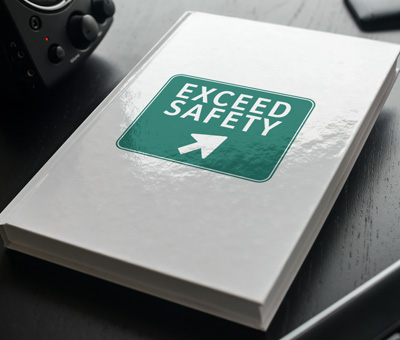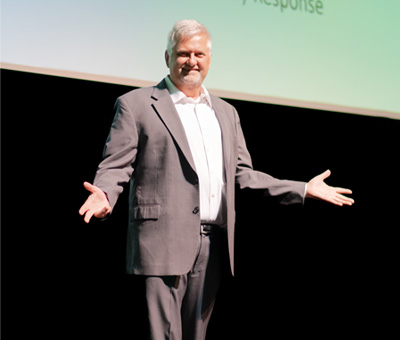How often do you think about your hearing? If you work in a noisy environment, like a construction site or manufacturing plant, protecting your hearing should be top of mind. The constant clang of machines and equipment takes a toll on hearing health and it’s imperative you take steps to protect it. Read on to learn more about how to protect your hearing.
Noise induced hearing loss (NIHL) starts gradually, progressively gets worse, and unfortunately, is irreversible. It’s caused by prolonged exposure to loud sounds such as drilling, heavy machinery, power tools, etc. Over time, constant noise can damage the delicate hair cells in the inner ear, leading to hearing impairment. What’s the best way to protect your hearing? Prevention is key.
Construction workers are at a higher risk of developing NIHL due to their daily exposure to noisy environments. The consequences of hearing loss in this profession are profound
Preventing Noise-Induced Hearing Loss in Construction Workers; Clear Hearing & Audiology, Oct 2023
How to protect your hearing? Check your environment.
The National Institute for Occupational Health and Safety (NIOSH) recommends taking precautions when the noise level reaches 85 weighted decibels (dBA) averaged over an 8-hour period. Industrial sites usually fall around 95dBA, meaning 10db of sound protection should be sufficient. Most hearing protectors, when fitted correctly, offer this amount of protection. Louder environments require higher levels of protection. If you’re unsure about the sound level where you work, you can download a sound meter app to help. Beware of reducing sound too much. Aim for just enough noise reduction to bring your exposure down to 75-85 dBA.
When choosing hearing protection, audit your environment and ask yourself:
- Is the noise continuous or does it start and stop?
- Will I need to frequently remove my hearing protection? If so, I do I have access to hand washing stations to prevent in-ear protection from getting dirty?
- Do I need to accommodate tight spaces or headwear, such as a helmet?
Ear protection that is comfortable, convenient, and that you‘ll wear consistently is better than no protection at all.
Why do we care so much about unwanted noise?
The most obvious reason, hearing loss, has been shown to be detrimental to our health and well-being. Social isolation, depression, an increased risk of falls, and even the onset of Alzheimer’s Disease and other dementias have been linked to hearing loss. While hearing loss is a long-term effect of unwanted noise, short term, noise also causes stress, which is well documented as being hazardous to our health. Additionally, noise can impact sleep, mental health, and even cardiovascular health due to increased blood pressure.
International Noise Awareness Day (INAD) was established by the Center for Hearing and Communication (CHC) in 1996 to raise awareness about the harmful effects of noise on hearing, health and quality of life. Since its inception in 1996, INAD has grown to include participants in every state in the USA, as well as groups in countries on virtually every continent around the globe. 466 million people around the world suffer with hearing loss due to noise. INAD and CHC aim to inspire people to take the simple steps necessary to prevent prevent hearing loss.
The Takeaways
- Hearing loss starts gradually, progressively gets worse, and is irreversible.
- When choosing hearing protection, consider your jobsite and tasks to choose the best option
- Aim for noise reduction by 10dBA to bring your exposure down to 75-85dba
- The best hearing protection is comfortable, convenient, and easily accessible at all times.
Hearing loss doesn’t have to be an inevitable side effect of a noisy environment. Taking care to protect yourself can ensure your hearing lasts a lifetime.

Resources:
International Noise Awareness Day
Noise and Occupational Hearing Loss, Centers for Disease Control and Prevention, February 2024
Occupational Noise Exposure, Occupational Safety and Health Administration


